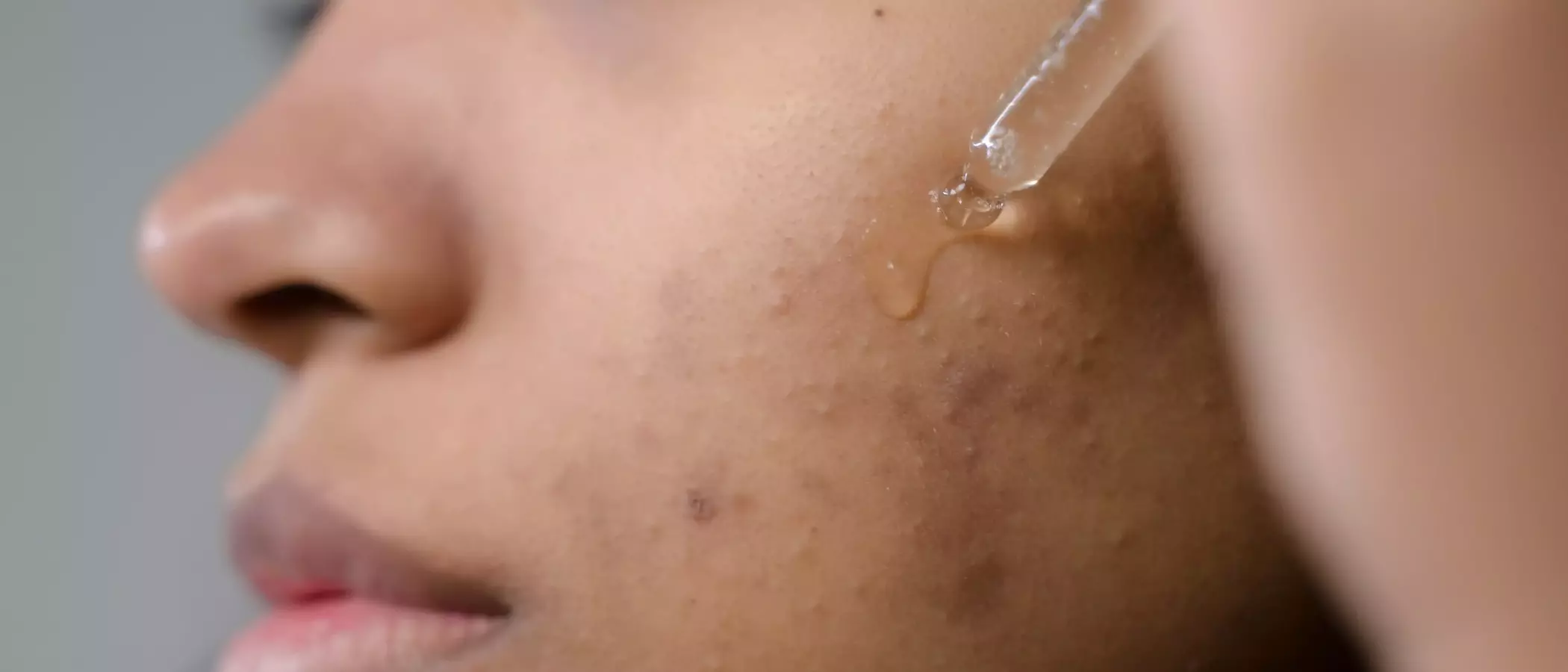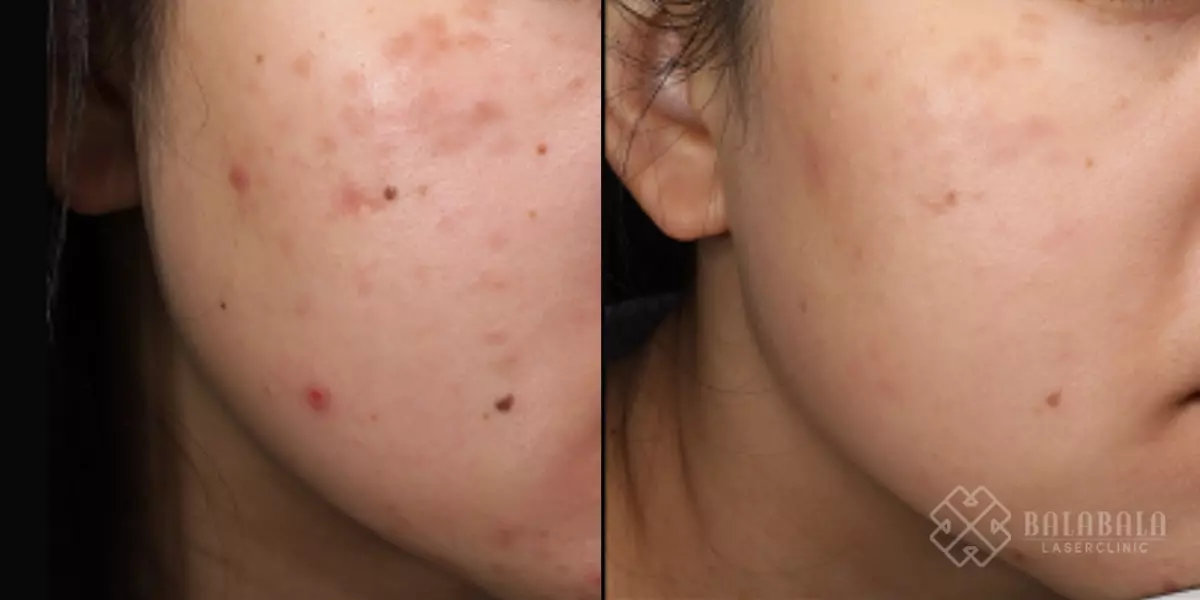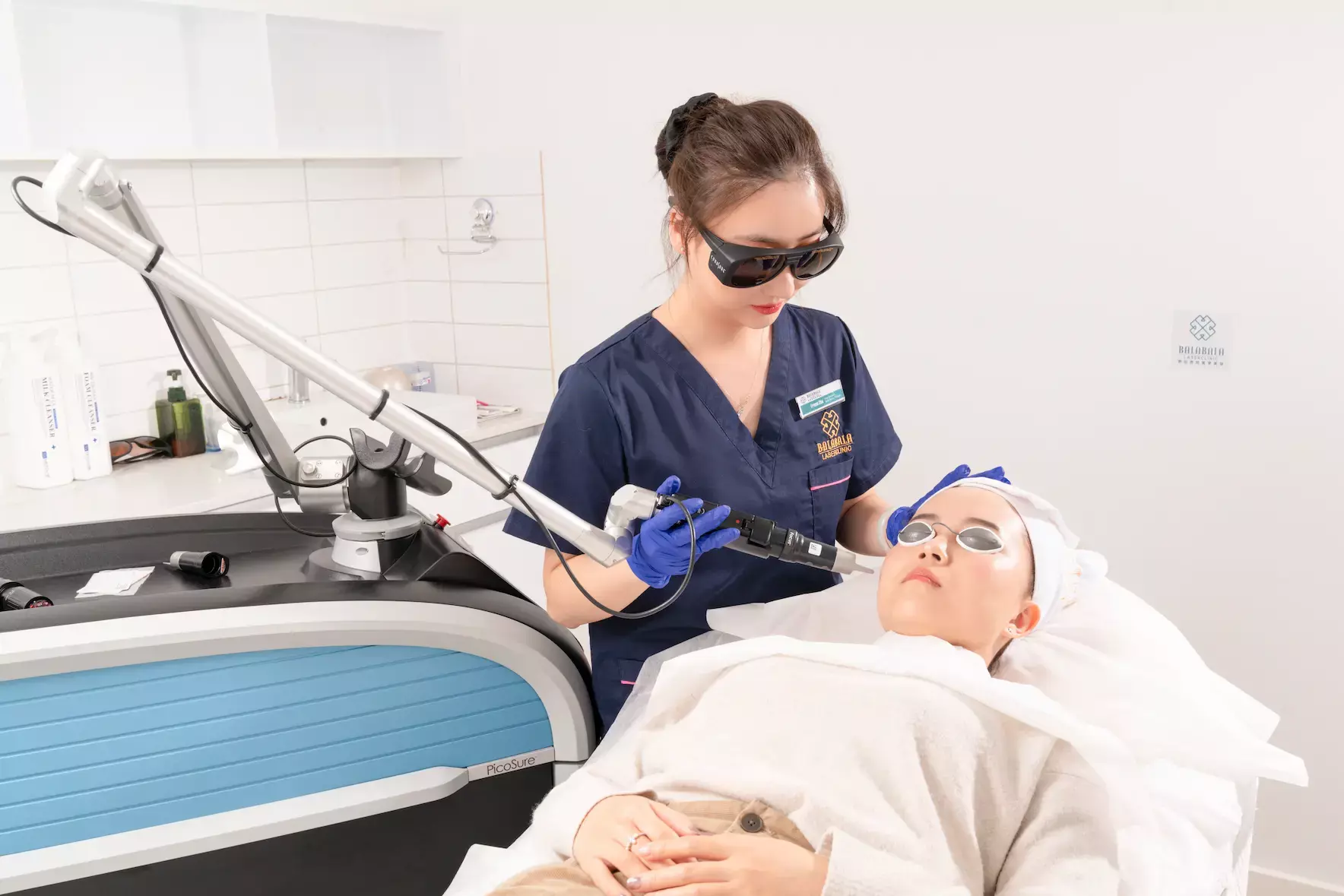
How to treat post-inflammatory hyperpigmentation (PIH)
Post-inflammatory hyperpigmentation or ‘PIH’ for short is a common skin occurrence that is characterised by dark or brownish marks on the skin. It is most common in ethnic skin types and can be very stubborn to treat without professional treatments.
What is hyperpigmentation?
Before delving into post-inflammatory hyperpigmentation, let's understand what hyperpigmentation is. Hyperpigmentation refers to the darkening of certain areas of the skin caused by the overproduction of melanin, the pigment responsible for skin colour. It can occur due to various factors, including sun exposure, hormonal changes, and skin inflammation.
What is post-inflammatory hyperpigmentation (PIH)?
Post-inflammatory hyperpigmentation or 'PIH' is a specific type of hyperpigmentation that commonly occurs after acne. It is more prevalent in individuals with ethnic or darker skin types and can be especially challenging to fade. PIH is often characterised by brown, flat scars known as grade one macular acne scars.
PIH develops when inflammation from acne triggers melanocytes to produce excess melanin. Melanocytes are the pigment-producing cells in the skin. This overproduction of pigment leads to darkened spots or patches, making the affected area appear darker than the surrounding skin. Both men and women can be affected by PIH.
What does post-inflammatory hyperpigmentation look like?
The primary symptom of PIH is the presence of darkened patches or spots on the skin, typically following an acne breakout or skin injury. These spots can vary in size and shape, and they may be more noticeable in individuals with lighter skin tones.
PIH is often confused with post-inflammatory erythema (also known as PIE) which is characterised by pink, reddish marks left after acne or skin irritation. Click the button below to read more about our recommended treatments for PIE.
Learn more: Treatments for PIE
What causes post-inflammatory hyperpigmentation?
Several factors can lead to the development of post-inflammatory hyperpigmentation. The most common causes include:
1. Acne: Acne breakouts can cause inflammation in the skin, triggering the overproduction of melanin and resulting in PIH.
2. Insect bites: Inflammatory reactions to insect bites can also lead to the development of PIH in some cases.
3. Burns: Skin injuries, including burns, can cause localised inflammation, leading to hyperpigmentation in the affected area.
4. Chemical peels or lasers: When performed incorrectly by an inexperienced technician, chemical peels or lasers can irritate the skin and cause PIH. Therefore, it is crucial to find an experienced laser technician who understands your skin concerns.
5. Skin trauma: Any form of trauma to the skin, such as cuts or wounds, can lead to PIH as the skin tries to heal itself.
Does PIH fade over time?
PIH does naturally fade over time, even if you do not receive any treatments for it. However, it can take several months up to several years to completely fade by itself.
If the macule, the darkened area of post-inflammatory hyperpigmentation, significantly differs in color from the surrounding skin, the fading process can take much longer. In some instances, PIH may not fade naturally and can become a permanent concern.
If you prefer not to wait for an extended period for the spots to fade on their own, various treatments are available to expedite the process. These treatments are designed to lighten the macules significantly and promote a more even skin tone.
Post-inflammatory hyperpigmentation (PIH) treatments
Post-inflammatory hyperpigmentation can take years to fade on its own. At BalaBala Laser Clinic, our preferred treatment for PIH is the PicoSure laser. PicoSure laser is a cutting-edge technology that targets the pigment in the skin without causing significant damage to the surrounding tissues. It works by breaking down the melanin particles, allowing the body to naturally eliminate them. This PIH treatment is safe and effective for various skin types and can significantly reduce the appearance of PIH over a series of sessions. Looking for the best pico laser adelaide has to offer? Speak to our friendly team at our BalaBala Adelaide Location!
Learn more about PicoSure laser
